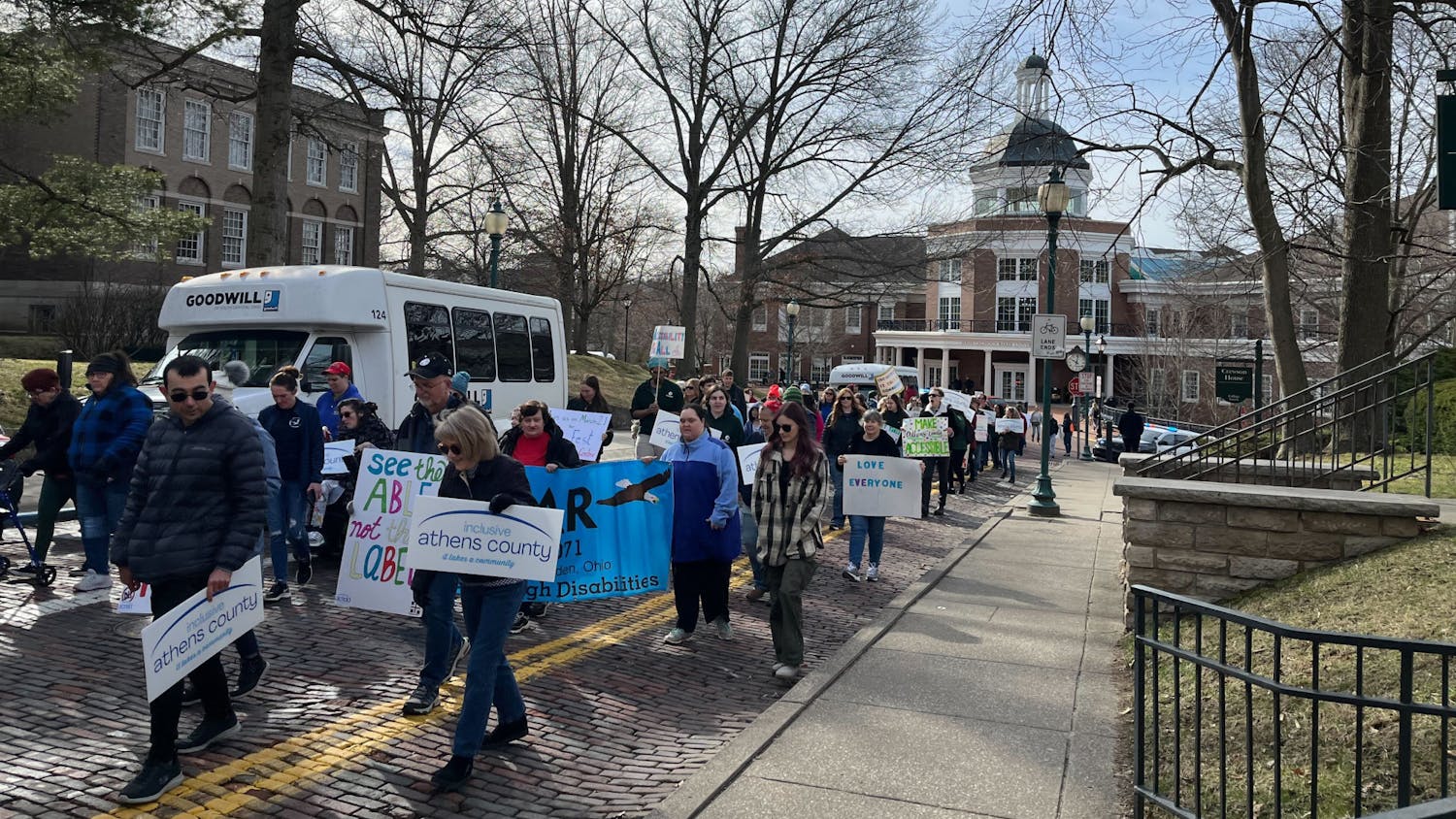Over the past five years, Ohio University has seen a 3.9% decrease in its tenure track instructional faculty across its campuses, while the number of non-tenured faculty members is on the rise.
This trend among university faculty has been observed in higher education institutions across the United States for decades. In fact, tenured faculty have not made up the majority of all university faculty in the U.S. since the late 1970s, according to a 2014-15 report from the American Association of University Professors, or AAUP.
OU actually maintains a higher percentage of tenured faculty than the average for most public four-year institutions. The Chronicle of Higher Education reported more than 43% of public university faculty to be tenured or on the tenure track in 2018, while in that same year 68.2% of OU faculty fell into this category.
The national decline in tenured faculty has come gradually, as retired professors’ positions are increasingly not being renewed as tenured positions. One major motivator for this has been budgetary advantages. Contract faculty generally have lower salaries than their tenured peers. In addition, reliance on more non-tenured faculty provides universities the opportunity to staff classes without long-term commitments, as well as flexibility in hiring practices.
An extreme example of faculty disruption occurred in 2020, as Ohio University eliminated over 400 positions in an effort to close its budget gap created by declining student enrollment and the economic toll of the coronavirus pandemic. While not all eliminated positions were non-tenured professors, a number were, pointing to the ease with which these professors can be terminated.
Some have raised concerns about this practice and the move toward more short-term faculty. Classics professor Loren Lybarger, president of the OU chapter of AAUP, believes that this trend could have negative implications for both faculty and students.
“That has all kinds of negative repercussions for being able to maintain any kind of program stability and advising capacity from one year to another. I mean, students work with professors as advisors and mentors and what do you do when that person is no longer there after a couple of years, right?,” Lybarger said. “It's terrible for continuity within programs. It just undermines academic freedom.”
In general, tenure has been esteemed as the highest achievement in educational instruction. The achievement comes with benefits such as strong protection from termination, research requirements, favorable employee benefits and greater insurance of academic freedom.
Among other things, tenured professors cannot be fired for teaching controversial subject matter, which is an influential factor in why groups like AAUP believe tenure enhances the educational environment.
Meanwhile, non-tenure track faculty do not have a research requirement and tend to focus more on teaching and service. Non-tenured contracts generally last one to three years, with the potential to be renewed at their end.
Both tenure and non-tenure track faculty members have been found to be beneficial to universities with tenured faculty generally being more research-heavy, while nontenured faculty are more teaching-intensive. A 2013 study at Northwestern actually found that students reported higher learning outcomes with adjunct professors than tenure-track faculty.
“Our results provide evidence that the rise of full-time designated teachers at U.S. colleges and universities may be less of a cause for alarm than some people think, and indeed, may actually be educationally beneficial. Perhaps the growing practice of hiring a combination of research-intensive tenure track faculty members and teaching-intensive lecturers may be an efficient and educationally positive solution to a research university’s multi-tasking problem,” the report read.
While a rise in the number of non-tenured faculty across the U.S. may have benefits, concerns exist over the limited protections of crucial faculty members.
“Our instructional faculty do a lot of teaching, and they are often the faculty members with whom the students have the most contact. Giving instructional faculty terminal contracts is terrible for the students,” Jennie Klein, OU professor of art history and member of the faculty senate promotion and tenure committee, said.






